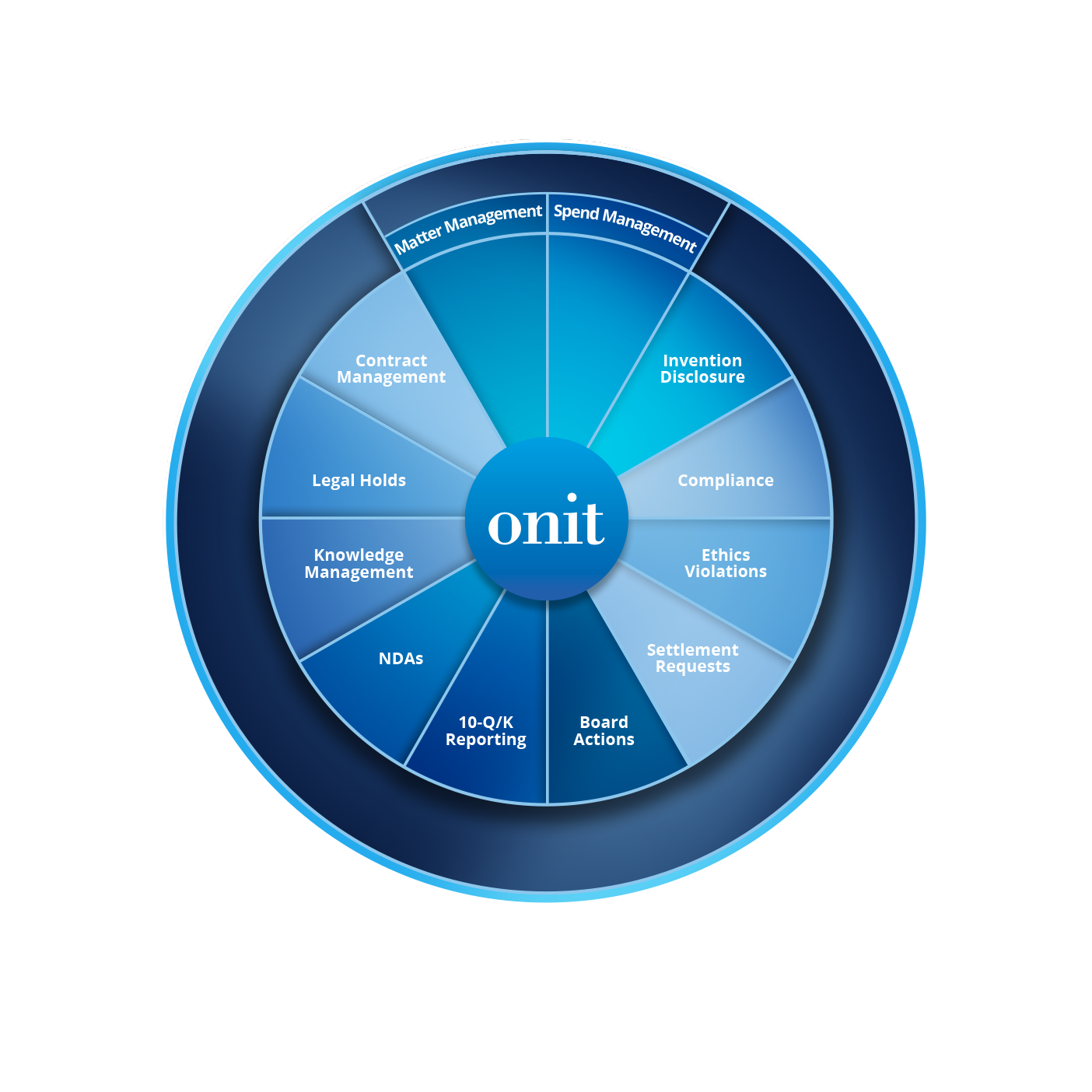Preparing Enterprise Legal Management (ELM) for the SaaS model
Over the last two decades, the software industry has rapidly evolved. Vendors across all industries have come to see the benefit of the Software as a Service (Saas) model, drastically changing the way individuals and companies interact with software.
A high level of end user support has become integral to almost every serious enterprise software solution, and user interfaces and UX design have received the serious attention they deserved. People have become accustomed to certain design philosophies that support usability and efficiency.
The same can’t be said for the majority of enterprise legal management vendors, though. Regardless, it is inevitable that the database-centric philosophy of ELM will be supplanted by intuitive, user-centric solutions that have already become the norm in many other business areas.
Indicators of the Future
Cloud-based solutions are coming to increasing dominate various marketplaces, but SaaS means more than the just taking an existing enterprise App and porting it to a cloud-based platform. Salesforce has revolutionized the CRM by thinking about CRM in a far different way than Siebel systems and others did. Companies such as Box and Dropbox provide convenient storage and sharing capabilities, making collaboration within organizations easier than ever believed possible. Amazon’s cloud web service provides on-demand content distribution with incredible scalability at a price point that was completely impossible a few decades ago.
And how did these companies do this? One common theme is that they abandoned the concept that the server, data, or document lies at the center of the process. They replaced them with the user.
Challengers Appear
In the ELM space, the challenge to the database-centric status quo comes in the form of enterprise solutions that, instead of boasting long feature lists and long implementation times, are simple to configure, easy to deploy, and address complex everyday problems.
Where the old market wants to “serve the data,” these new solutions learn from other new success stories in the enterprise software market and instead strive to make it easier for lawyers and other law department to successfully support business staff and get their work done.
Functionality, adaptability and adoptability supplant endless lists of out-of-touch features. Simple accessibility is made obsolete by tools that allow users to collaborate simply, easily and as part of their normal work streams.
Enterprise Apps can be built to serve both large and small companies, while the older ELM solutions are simply too complex and costly for law departments of all sizes — large and small. For this same reason, deployments can also be executed very quickly — typically in weeks (instead of up to or more than a year as is required of many traditional ELM systems).
A Different Architectural Philosophy
The biggest differences between traditional ELM systems reflect greater generational changes in how the discipline has evolved, as explored in the previous post. Some nice side effects of that are compatibility, labor savings, customizability, and quick deployment.
Compatibility
Many modern ELM solutions (such as those from Onit) are designed to be able to work alongside and together with systems that are already in place, allowing legal departments to both supplement the capabilities of what they have or to ease their transition to a more modern system.
Minimal IT Involvement
While traditional ELM systems require constant IT maintenance and attention, modern ELM solutions are lean and nimble and tend to work in a more straightforward manner. In many cases, users can configure, deploy, and support Onit solutions with no corporate IT involvement. This is because they are designed and built in an intuitive, “no code” environment that can be learned without even the need for a training session.
A Solution for Every Workflow
Solutions for standard processes like contract review and approval, NDAs, alternative fee arrangements, and matter or legal spend management are offered prebuilt. For more esoteric needs particular to a business, solutions can be created from scratch with minimal delay in deployment.
Drive Operational Improvements Easily
Unlike the development and implementation process for a large enterprise legal management system, which can take several months or years, the average time it takes to implement an Onit solution is less than 20 days. While the most complex implementations can take up to 90 days, this still beats the average for ELM systems by months.




